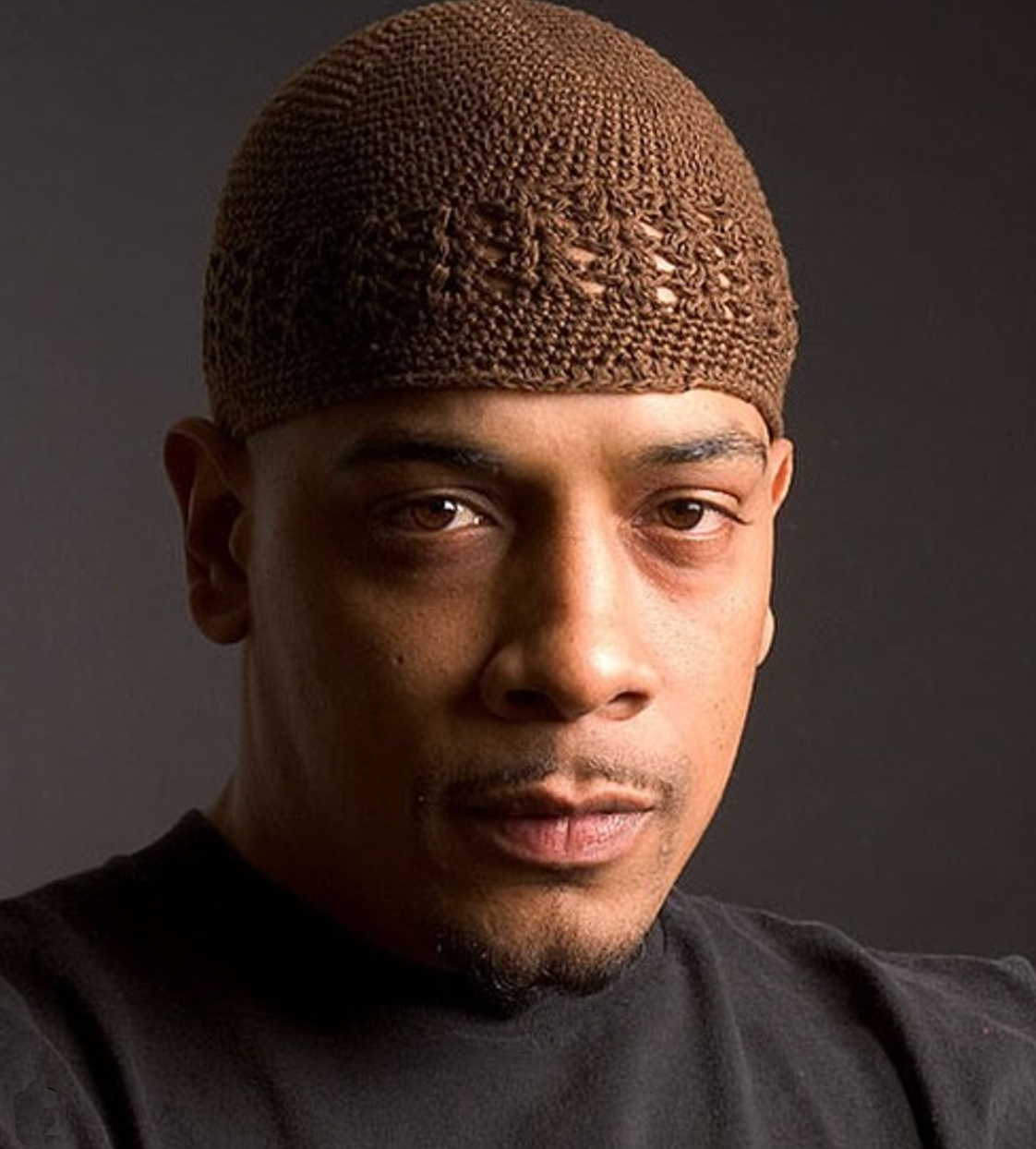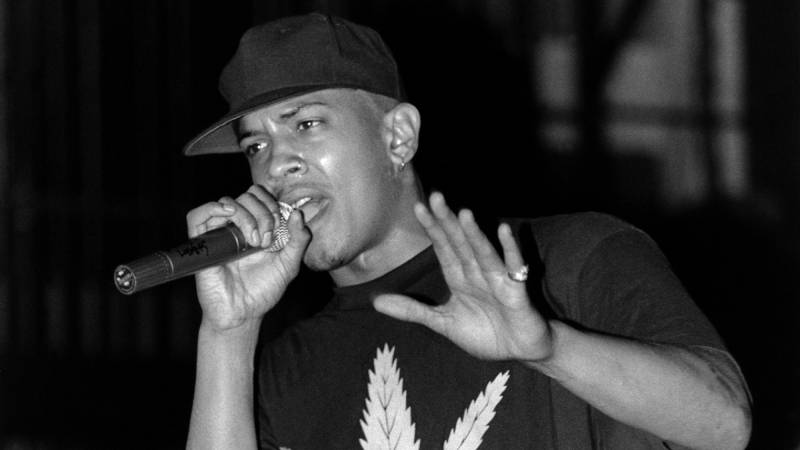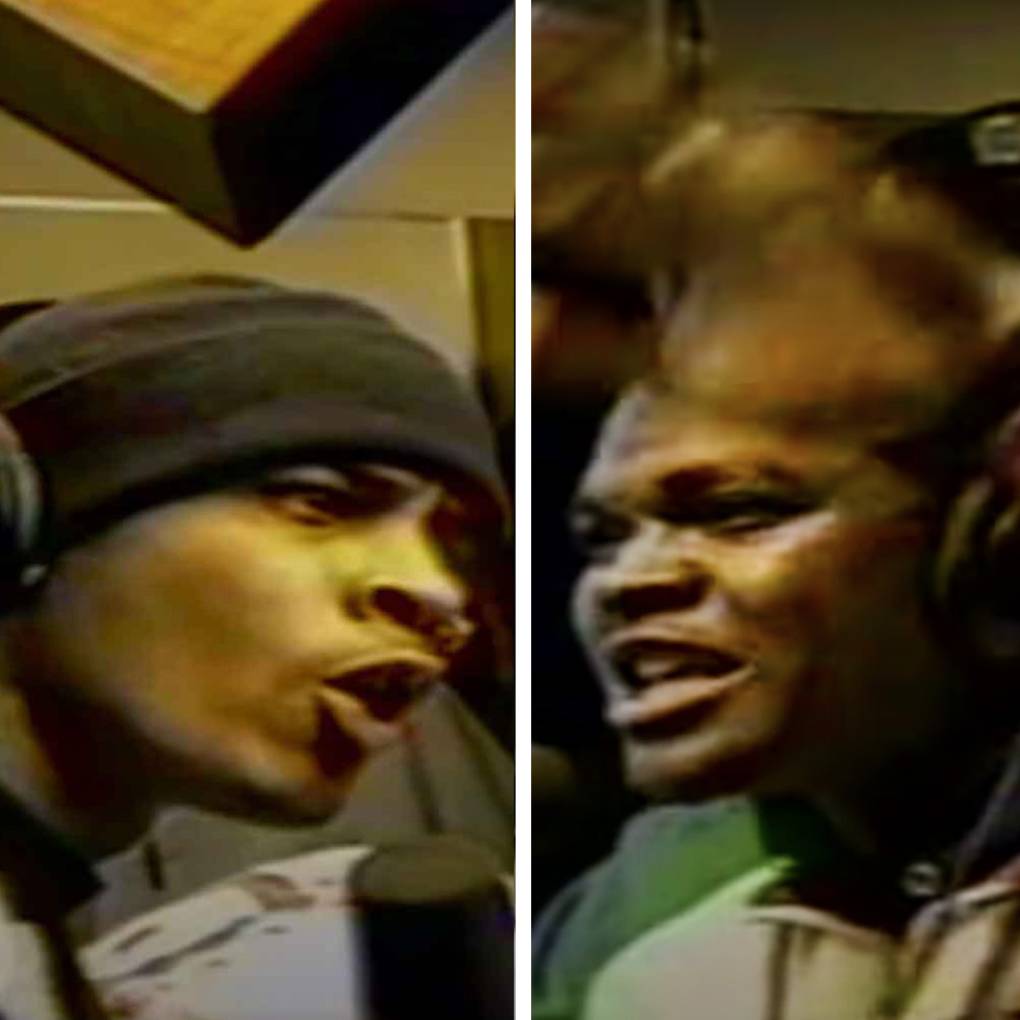Saafir, the raspy-voiced Oakland rapper who infused the rhythms of avant-garde jazz into his rhymes, died on Tuesday morning, according to family. He was 54.
A joint Instagram post by the rapper Xzibit and Saafir’s son explained that the rapper born Reggie Gibson died at 8:45 a.m., surrounded by friends and family.
“We surrounded him and let him know how much we loved him,” the post read. “He can rest now.”
No cause of death was announced. Saafir had long struggled with complications from a spinal surgery and other health problems.

With his early 1990s hip-hop group Hobo Junction, Saafir made a name for himself as a lyrically dextrous and inventive rapper with a distinct, guttural style. He is remembered by hip-hop fans nationwide, and especially in the Bay Area, for incandescently propelling a legendary 1994 on-air freestyle battle between his Hobo Junction crew and fellow East Bay collective Hieroglyphics that lasted more than 40 minutes.



